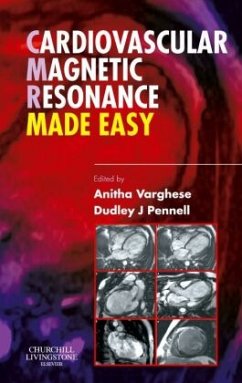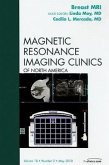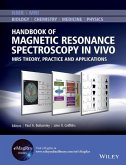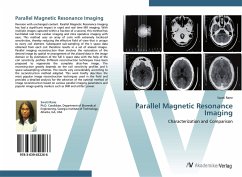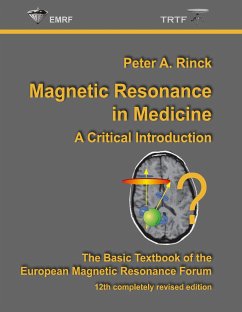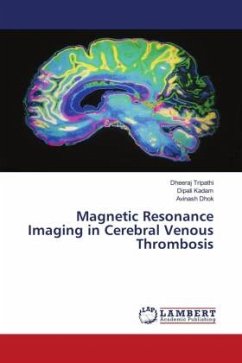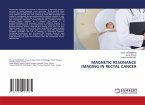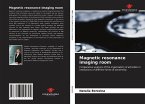This title provides an easily digestible and portable synopsis of the technique which will suit the needs of cardiologists and cardiothoracic surgeons wishing to acquaint themselves with what CMR can do, and what it cannot. Beginning with an outline of some of the basic principles of MRI, the following chapters concentrate on the cardiac side of CMR with a later section on its more established vascular uses.
Hinweis: Dieser Artikel kann nur an eine deutsche Lieferadresse ausgeliefert werden.
Hinweis: Dieser Artikel kann nur an eine deutsche Lieferadresse ausgeliefert werden.
"Here's a little book (only 153 pages) which is aimed at cardiologists and cardiothoracic surgeons and has been edited by two doctors at The Royal Brompton Hospital which has been at the forefront of CMR (Cardiovascular Magnetic Resonance) research. The overall message seems to be that CMR is a non-invasive and safe way of imaging cardiac anatomy and function and can even be used where there are, for example, sternal wires and coronary stents but cannot replace echocardiography in the imaging of valvular disease. Suggestions for further reading and a comprehensive index conclude the book and it may interest the potential reader to know that "Echo made easy" is also available." Univadis Medical Portal - March 2008
" I found this book to be a clearly-illustrated, concise reference text for an increasingly adopted cardiovascular investigation. The book presents the information in an easily digestible manner. All in all, a recommended read for cardiology trainees interested in imaging." Dr. S.H. Chin, Birmingham, UK - 22 Jan 2009
" I found this book to be a clearly-illustrated, concise reference text for an increasingly adopted cardiovascular investigation. The book presents the information in an easily digestible manner. All in all, a recommended read for cardiology trainees interested in imaging." Dr. S.H. Chin, Birmingham, UK - 22 Jan 2009

